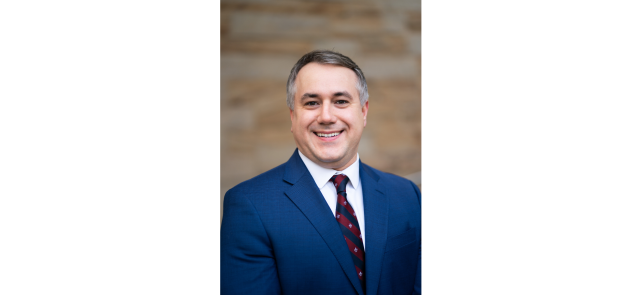Stay ahead of the curve as a political insider with deep policy analysis, daily briefings and policy-shaping tools.
Request a DemoOur History: The birth of Evangeline Parish

On June 15, 1908, the Legislature voted unanimously to carve Evangeline Parish out of northern St. Landry Parish, though that was not the end of the Acadiana parish’s origin story.
The entire area that became Evangeline Parish was once a “vacherie,” or grazing land for cattle, for early French and Spanish settlers that extended all the way to the Sabine River. Huge roundups were held yearly on this vast open range.
But as settlers homesteaded the area, small towns began to spring up. The old Spanish Trail from Louisiana to Texas wound its way through the vacherie, and traces of this ancient road may still be seen off Highway 167 and in the Chicot State Park area.
Following the Legislature’s move the previous year, an election was held in 1909. Voters overwhelmingly approved creating the new parish and chose Ville Platte as the parish seat.
Ville Platte means “Flat Town” in French, and was so named because it was the first settlement on level land that stagecoach passengers reached when traveling south from the hills of north Louisiana. The parish was named for the heroine in Henry Wadsworth Longfellow’s famous poem.
But taxpayers who lived in the area that was not included in the new parish sued, claiming the law was unconstitutional because it didn’t allow for new members of the Legislature. The case made its way to the state Supreme Court, which sided with the plaintiffs.
A second suit challenged the election itself, arguing it should not be considered valid since the law purporting to create the parish was unconstitutional. This time, the Supreme Court determined the election was valid because it was held in good faith.
In 1910 another law made its way through the legislature that took these issues into consideration and officially re-created Evangeline Parish. The new law moved the parish line to the north, allowing Eunice, still hurt from not being chosen as the parish seat, to remain in St. Landry Parish.
Editor’s note: This piece is primarily based on information from the LSU AgCenter and UL-Lafayette.
This piece first ran in the June 13, 2024 edition of LaPolitics Weekly. Wish you could have read it then? Subscribe today!
Know the most important news affecting Louisiana
Get our free weekly newsletter that covers government, policy and politics that impact your everyday life—in 5 minutes or less.
Guest column: SCOTUS reversal of 40-year-old doctrine could have major impact in Louisiana
While most of the nation is focused on the 2024 elections, there has been a major shift in the way laws and regulations are implemented. For 40 years, the federal government has operated under the Chevron doctrine, which made it standard practice for courts to give deference to an agency’s interpretation of congressional intent when …
Our History: Edwin Edwards
The man who defined late-20th-century Louisiana politics, for better or worse, would have celebrated his 97th birthday last month. He was born in Avoyelles Parish on August 7, 1927. Edwin Washington Edwards’ gift for public speaking was evident early. He preached in the Church of the Nazarene as a teen but returned to his family’s …
In Case You Missed it in LaPolitics Weekly
Here’s what you may have missed in the latest issue of LaPolitics Weekly, published last week… — CONVENTIONAL WISDOM: After two of the most expensive and complicated party conventions on record, does the current model still make sense? — GONZALES’ FIRST BLACK MAYOR: Gonzales will have its first Black mayor no matter who wins this …
Headlines & Bylines (09.03.24)
—The Advocate: Louisiana lawmakers spent $113M on ‘pet projects’ this year —The Advocate: State Supreme Court to look at court delays for attorney-lawmakers in upcoming hearing —The Lens: To bring insurance companies back to Louisiana, some suggest tackling it as a federal issue —NOLA: A new wave of industrial plants is coming to Louisiana, raising …

